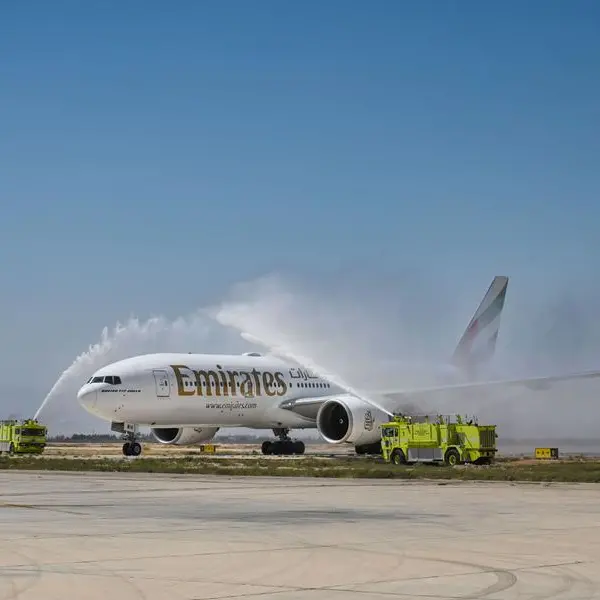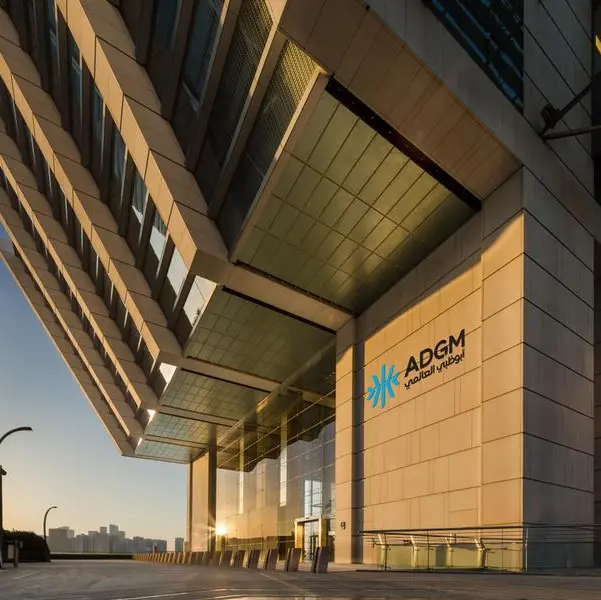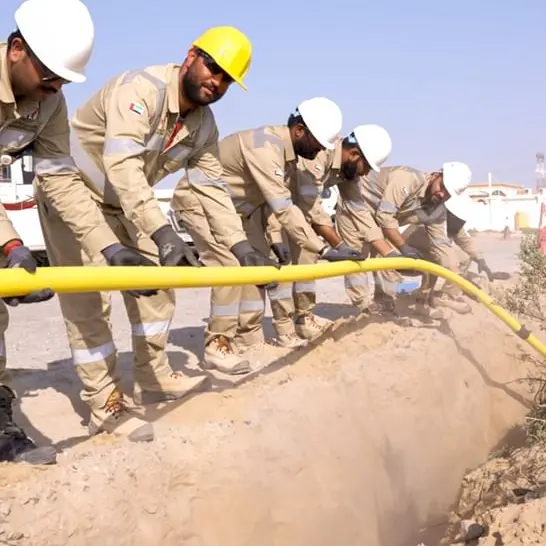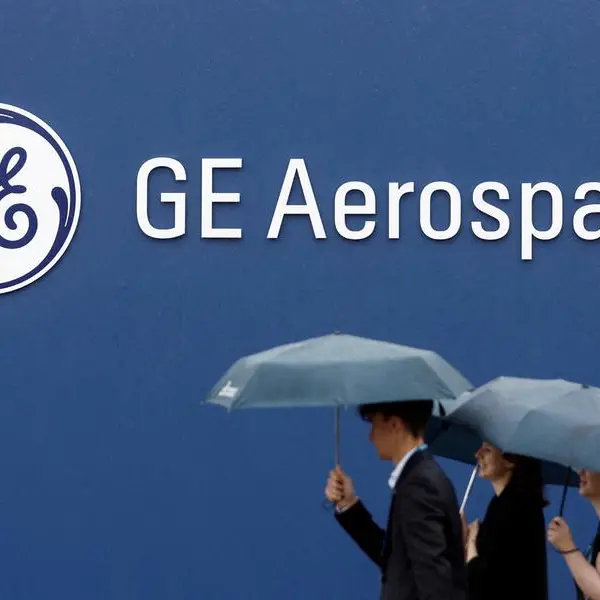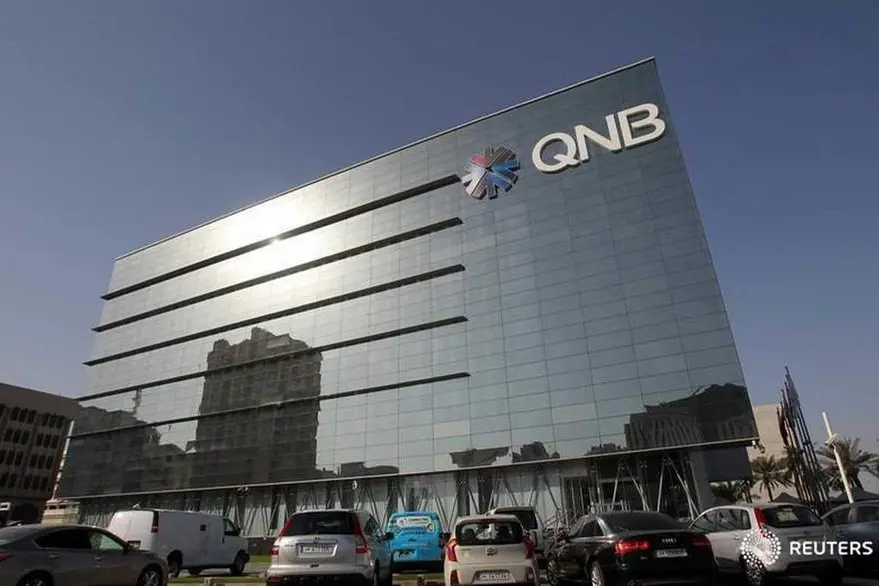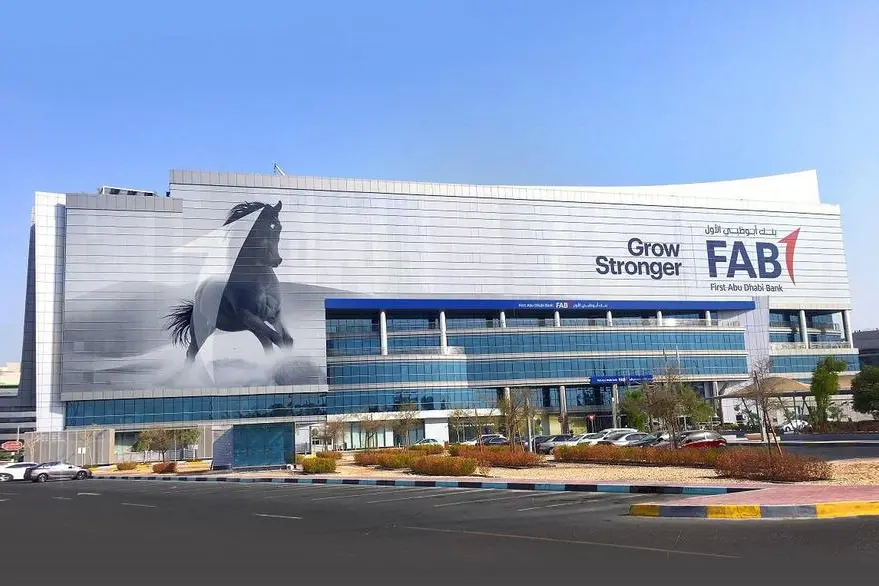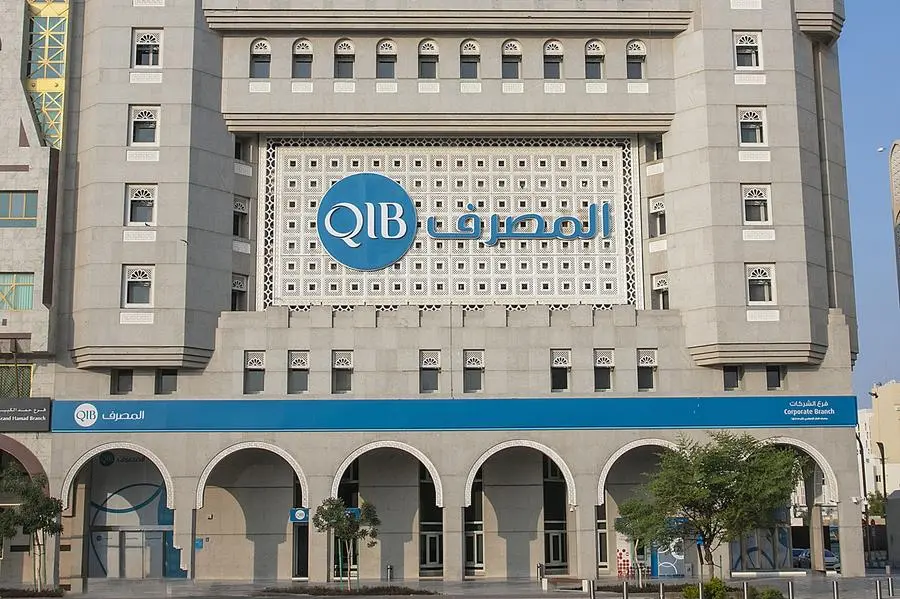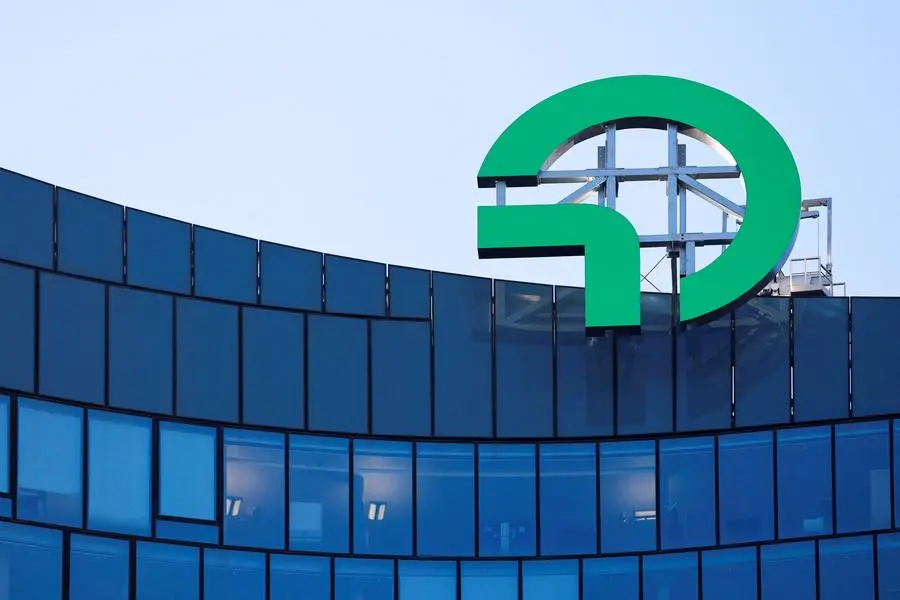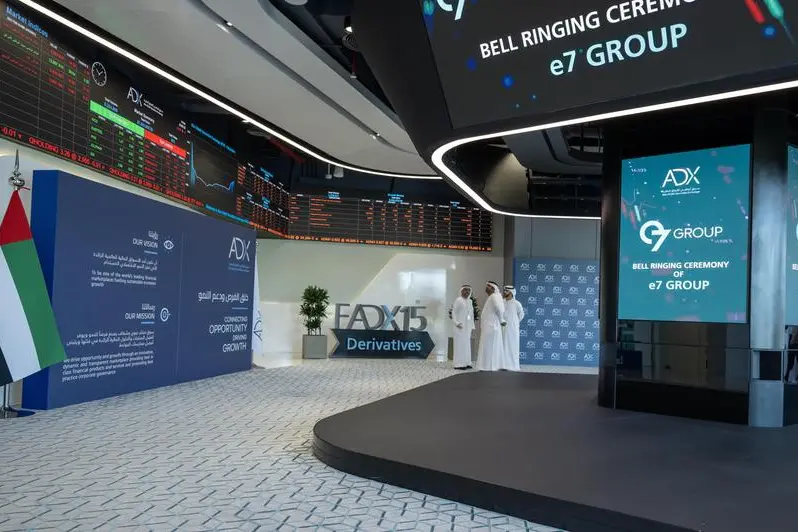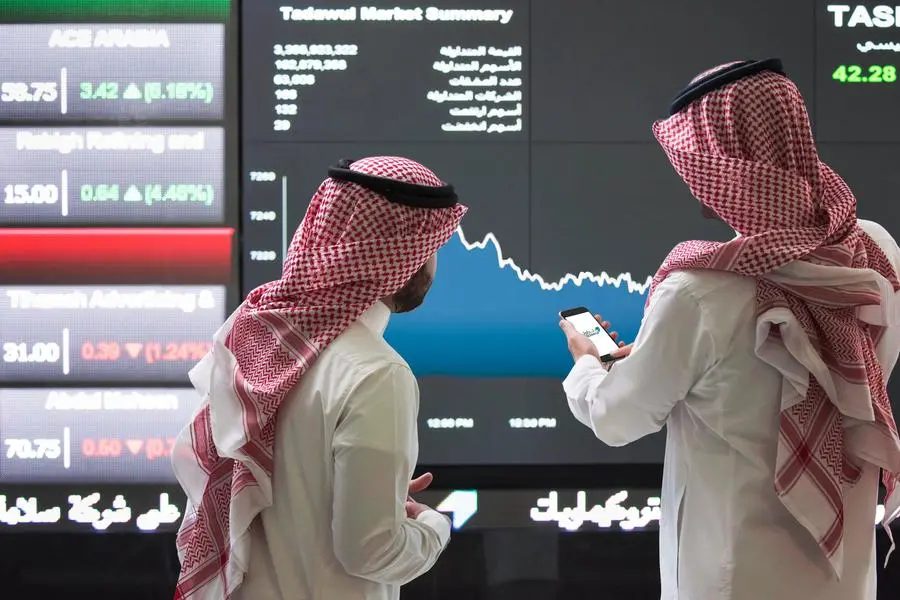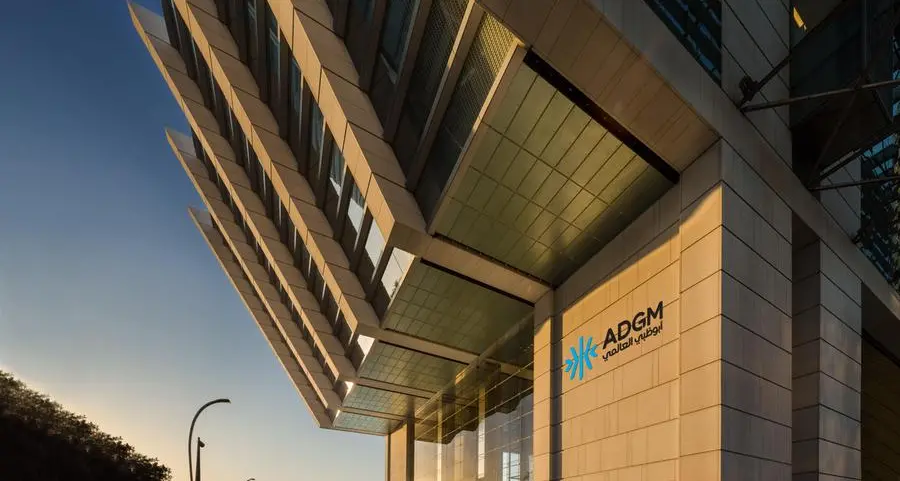Wednesday, Jul 21, 2010
Gulf News
second phase of service expected to transport half a million pilgrims under study
Riyadh Saudi Arabia’s King Abdullah Bin Abdul Aziz has ordered a study to determine the feasibility of the Makkah Metro’s second phase, Dr Habib Zain Al Abdeen, Under Secretary of the Ministry of Rural and Municipal Affairs, said.
The first phase of the project is complete and the metro is expected to transport pilgrims through the holy sites in this year’s Haj season scheduled to start in November.
Al Abdeen, who is also the president of the central department of projects in the holy sites, said renowned experts are being consulted to determine the economic feasibility of the project.
After the completion of the second phase, the metro is expected to transport 72,000 passengers an hour in a single direction. About 175,000 pilgrims from Saudi Arabia and other GCC countries will be able to use the train during the Haj season.
“From next year, the metro will be used in full swing to transport half a million pilgrims,” Al Abdeen said.
Capacity
The metro has 20 trains each pulling 12 cars. Each car has a capacity of 250 passengers which means that a single train can transport 3,000 pilgrims per trip. Each train’s cars will have five doors on both sides. Most metros have two or three doors. “The train was designed according to internationally recognised standards (European, American, German and French),” Al Abdeen said.
He expects the metro to reduce traffic at the Holy Sites by about 30,000 cars. “This will reduce pressure on the road networks and solve the problem of congestion,” he said.
The metro line spans about 20 kilometres with double elevated tracks. 18.1 kilometres of the track is elevated and passes through busy roads.
The train will have two locomotives at the front and back and will run on driverless technology with manual operation in emergency situations.
The temperature in each car will be about 24 degrees Celsius and the speed of the train will range between 80-120 kilometres per hour.
Routes
The train will start from the Al Jamarat station on King Abdul Aziz street at the fifth level of the Jamarat bridge. It will pass through King Abdul Aziz street in Mina and proceed to Muzdalifah and Arafat. It will end at the third station on Arafat’s eastern ring road.
There are three stations in each of the holy sites. Every station is equipped with two waiting areas which can accommodate up to 3,000 pilgrims at a time. Pilgrims will be classified in another waiting area below the station.
Pilgrims remaining in Mina after the period of two days can also use the train to go to the Jamarat. Metro tickets can be bought in advance from Tuwafa establishments (Haj service providers), but the ticket price is yet to be decided.
The pilgrims will get information about their trip from a video installed in every car or through a sound system operated from the control and operations centre.
All trains will be monitored through a closed circuit television network, a recording and transmitting unit and cameras. There will be steady communication between the control rooms in each station and the main command and control centre.
Al Abdeen said that during peak times (ascent to Mina on the eighth day of Dhul Hijja and descent from Arafat after sunset of the ninth day) the pilgrims will be transported in groups from the three stations of embarkation to the three stations of disembarkation directly.
Al Abdeen said pilgrims entering and exiting the stations will be counted electronically and will be observed by thermal cameras.
Supplied picture
Well on track
After the second phase, about 175,000 pilgrims from Saudi Arabia and other ?Gulf countries will be able to use the Makkah Metro during the Haj season.
By Abdul Rahman Shaheen ?Correspondent
Gulf News 2010. All rights reserved.

